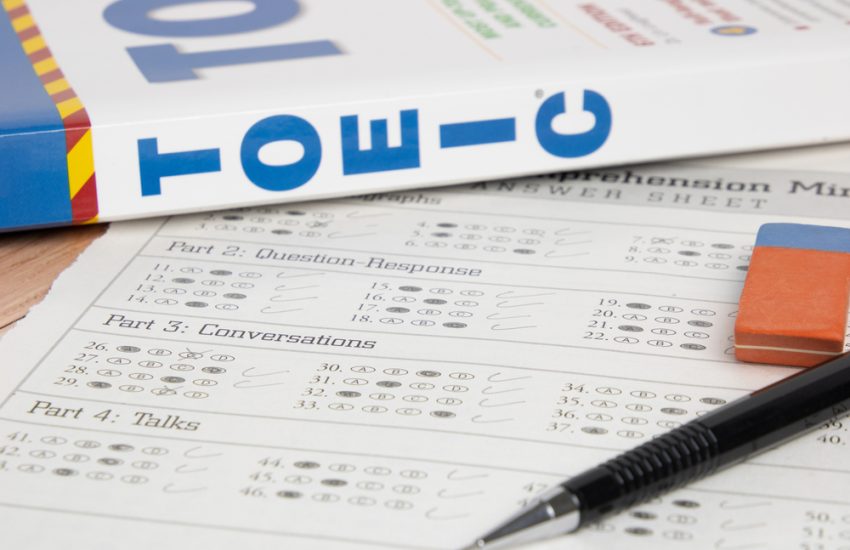The Japanese Language Proficiency Test (JLPT) is a significant milestone for those aiming to master the Japanese language. Whether you’re interested in living, working, or studying in Japan, the JLPT can open doors to numerous opportunities. In this guide, we’ll explore what the JLPT is, why it matters, and how you can prepare to ace this test.
Understanding the JLPT:
The JLPT is a standardized test that assesses and certifies non-native speakers’ Japanese language proficiency. It is divided into five levels, with N5 being the easiest and N1 the most advanced. Each level tests different aspects of language skills, including reading, listening, and grammar.
Why JLPT Matters:
Career Opportunities: Many Japanese companies and organizations require JLPT certification for non-native employees, especially for positions that involve communication with clients, partners, or colleagues.
Education: Universities in Japan often require JLPT scores for international students seeking admission to Japanese-taught programs.
Visa Eligibility: Achieving a certain JLPT level can enhance your eligibility for various types of Japanese visas.
Personal Fulfillment: Passing the JLPT is a significant achievement that reflects your dedication and proficiency in the language.
Preparing for the JLPT:
Choose Your Level: Determine which JLPT level is appropriate for your current proficiency. Starting at the appropriate level ensures a balanced learning experience.
Study Materials: Invest in JLPT-specific study materials such as textbooks, workbooks, and practice tests. Visit www,myjapaneseonline.com for more resource related information. These resources are tailored to the test format and content.
Structured Learning: Enroll in a Japanese language course that offers JLPT preparation. Structured lessons and experienced instructors can provide targeted guidance.
Practice Regularly: Consistent practice is essential. Set aside dedicated study time each day to reinforce your skills.
Mock Exams: Take practice exams regularly to familiarize yourself with the test format and assess your progress. Review your mistakes to improve.
Focus on Weak Areas: Identify your weaknesses and prioritize them in your study plan. Whether it’s grammar, reading comprehension, or listening, targeted practice can yield significant improvements.
Cultural Context: Understand that the JLPT isn’t just about language; it’s also about cultural context. Learn about Japanese culture, customs, and etiquette to better understand reading passages and listening materials.
Time Management: During the actual exam, time management is crucial. Practice answering questions within the allotted time to ensure you complete all sections.
Stay Calm: On exam day, stay calm and focused. Don’t dwell on difficult questions; move on and return to them if time allows.
Review and Feedback: After taking practice exams, review your answers and seek feedback from teachers or fellow learners. Learn from your mistakes.
The JLPT is a challenging but rewarding endeavor. Passing the test not only certifies your language skills but also opens up numerous opportunities in Japan and beyond. With dedication, focused preparation, and perseverance, you can crack the JLPT and take a significant step toward mastering the Japanese language.

